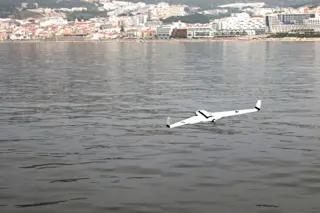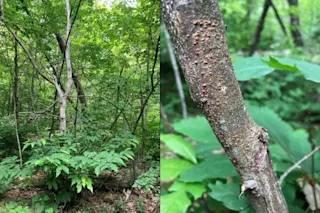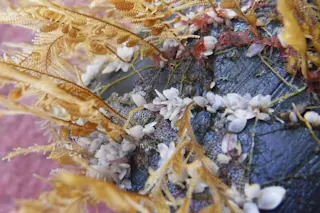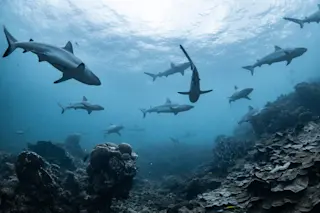Oceanographers have mapped the seafloor and tracked endangered marine species for decades using autonomous underwater vehicles, or AUVs. But the ocean is a huge, constantly moving three-dimensional ecosystem, and obtaining precise, real-time observations of marine life and of oceanic conditions such as temperature, current and salinity is quite challenging and astronomically expensive.
“Because of this, it has not been possible to get large-scale bulk phenomena over large spatial and temporal domains. You can’t do it with a ship,” says Kanna Rajan, an engineer at the Monterey Bay Aquarium Research Institute who studies artificial intelligence capable of making decisions. That’s why he wants to do it with robots.
When Rajan met Joao Sousa, an engineer at the University of Porto in Portugal, an idea for how to study the oceans in real-time 3-D was born. Sousa had just given a lecture suggesting that to really study the oceans, you need a ...















